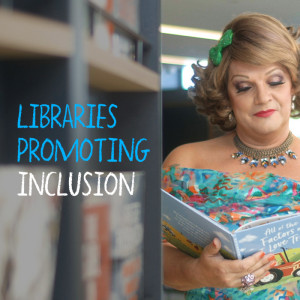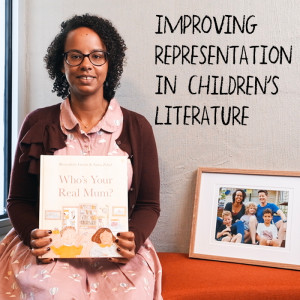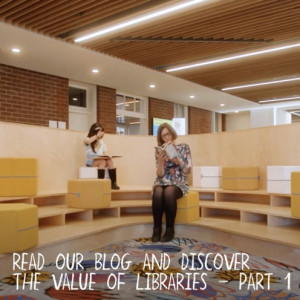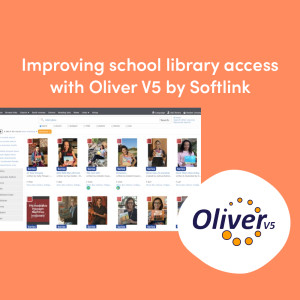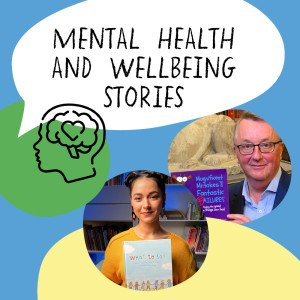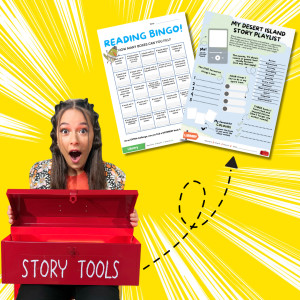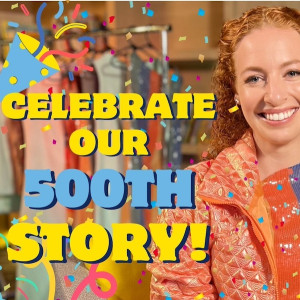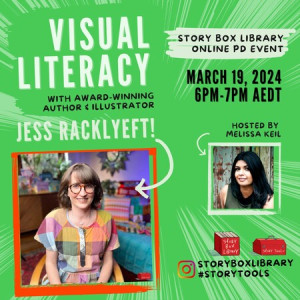Part two: Libraries promoting inclusion in their communities
19 Mar 2021

Libraries provide us with glimpses into other worlds, through stories and media that any member of the community can access. Librarians often hold a unique understanding of their communities from their daily contact with the diverse members who visit. As important community hubs, they provide opportunities and physical spaces for all members of the community to learn, read, seek assistance, establish community connections, and engage with literacy and learning.
Libraries promote diversity and inclusion in real, tangible ways, by facilitating connection and making everyone feel welcome. Especially for culturally and linguistically diverse families for whom English is not the primary language spoken at home, or for children with specific learning needs, having diverse stories can help them feel represented and heard.
Complementing existing library offerings, stories on Story Box Library (SBL) are designed as a tool for inclusivity, connecting remote communities with multiple viewing options that can be used with children of varying ages and abilities. Ranging from actors and comedians, to activists and educators, our storytellers are chosen to ensure a broad range of voices, ages, gender and backgrounds are reflected and represent the diversity found in our society.
Natasha Aldrich, the Library Experience Coordinator at Waverley Library in New South Wales, Australia, shared with us her experiences using SBL with her library community.
“We are always looking for ways to improve our programs, collections and spaces, and reach new and diverse audiences, supporting and educating our community to the best of our ability,” she said. SBL offers a comprehensive digital experience for families, providing Natasha and her team at Waverley Library an essential tool to accompany their online program.
“The accessibility aspect of digital storytelling platforms is without question, especially when it comes to representation and diversity,” she said. “In a single library building there are only so many staff that can deliver storytimes, which leaves children with a very limited pool of people that they are observing and learning from.”
Many libraries use SBL in quiet screen areas, and provide family patrons who can’t always get to the library itself with At Home Access. With a focus on local authors, illustrators and stories, often reflecting settings, language, characters and events that are familiar to experiences of living in Australia or New Zealand, SBL stories help children to connect to the world around them.
Engaging and involving parents and children in learning, SBL's Activity Time also provides a variety of developmentally-appropriate experiences for children to enjoy at the library or at home with their family, promoting a balanced and creative approach to learning, while providing an opportunity for family connection. SBL keeps traditional storytelling alive in a digital world, by showcasing the power of stories as tools to help us communicate, connect, learn, empathise, analyse, evaluate and grow, and to provoke curiosity and play. When used alongside existing library services, it can open opportunities for transformation and connection among community members.
Of the importance of libraries, Natasha said, “The library [is] a democratic space, where anyone can enter and access educational programs and resources for free. There is no discrimination. Promoting [inclusive] ideals can only lead to a friendlier and more equitable community, a community that understands and celebrates diversity.”
This is part two of a series promoting the library’s important role in promoting diversity and inclusion in the community. Read part one of libraries promoting inclusion on our blog here.
Read more about how SBL is working to improve representation in children’s literature.
Read more about how libraries work as the beating heart of the community.


